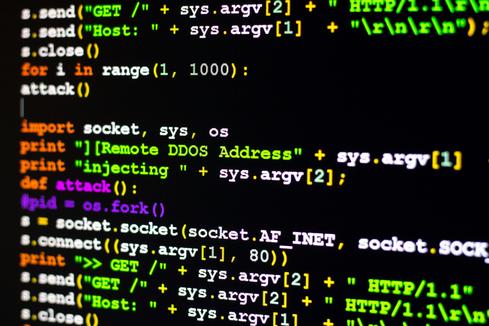DDoS attacks are no longer something that just big companies in a few industries need to worry about. They have become a threat to every business.
August 30, 2017

Distributed denial-of-service (DDoS) attacks continue to be a weapon of choice among threat actors seeking to extort money from victims, disrupt operations, conceal data-exfiltration activities, further hacktivist causes, or even to carry out cyberwar.
What was once a threat mostly to ISPs and organizations in the financial services, e-commerce, and gaming industry, has become a problem for businesses of all sizes. A small company is just as likely these days to become a target of a DDoS attack, as a big one — and for pretty much the same reasons.
The wide availability of botnet building kits and so-called "stresser," "booter," and other DDoS-for-hire services has made it possible for almost anyone to launch a DDoS attack against targets of their choice. It is no longer just the nation-state actors and APT groups that have access to DDoS infrastructure these days, but common cybercriminals and script kiddies, too.
The implications of these trends are enormous for organizations. Here are some alarming data points:
About the Author(s)
You May Also Like
Beyond Spam Filters and Firewalls: Preventing Business Email Compromises in the Modern Enterprise
April 30, 2024Key Findings from the State of AppSec Report 2024
May 7, 2024Is AI Identifying Threats to Your Network?
May 14, 2024Where and Why Threat Intelligence Makes Sense for Your Enterprise Security Strategy
May 15, 2024Safeguarding Political Campaigns: Defending Against Mass Phishing Attacks
May 16, 2024
Black Hat USA - August 3-8 - Learn More
August 3, 2024Cybersecurity's Hottest New Technologies: What You Need To Know
March 21, 2024




